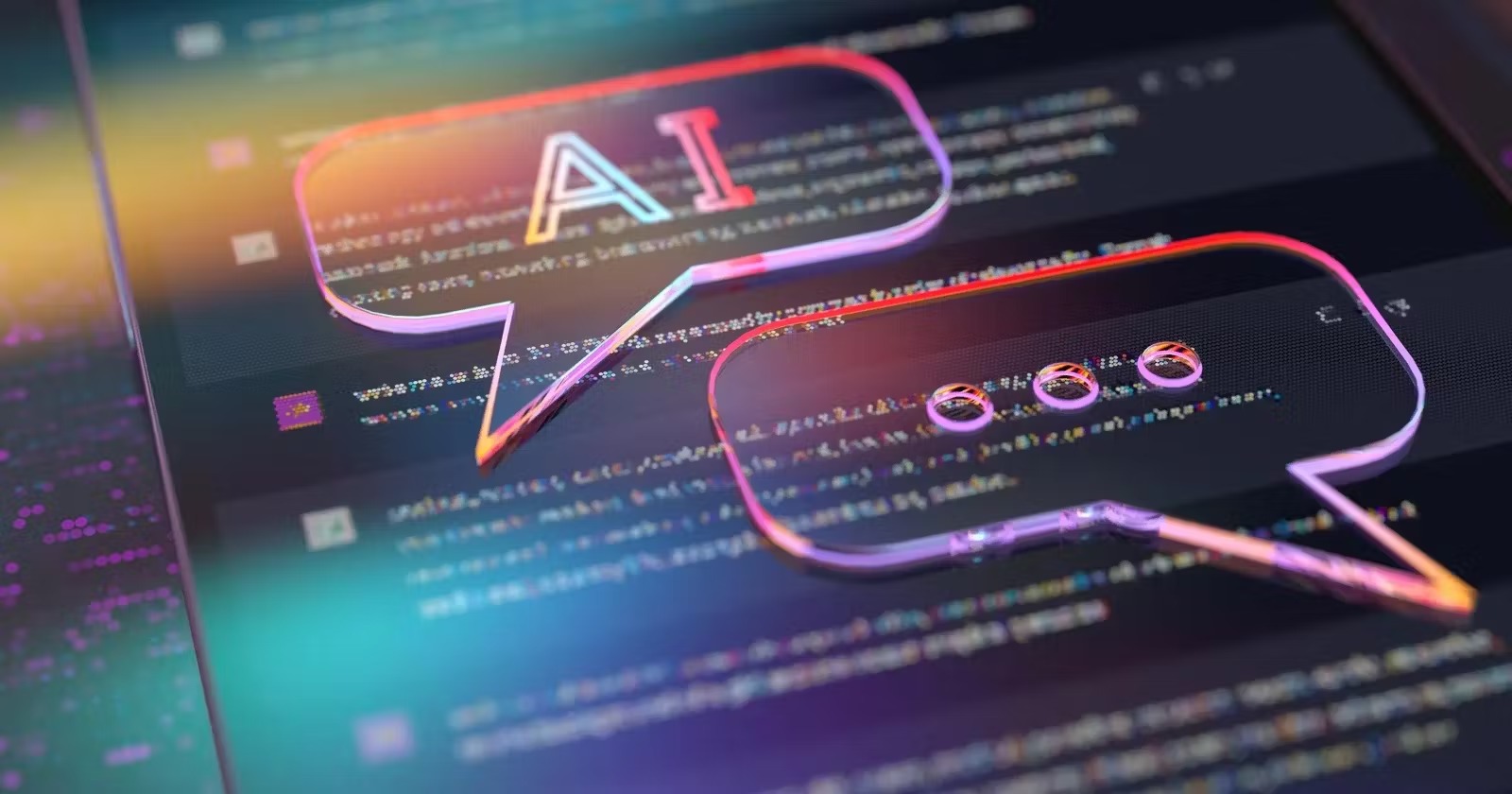
Artificial Intelligence (AI) is no longer a futuristic concept in science fiction. It’s here, rapidly transforming industries across the board, and software engineering is no exception. From automating repetitive tasks to optimizing complex processes, AI is changing how developers approach software design, development, and deployment. But while it brings exciting opportunities, it also presents significant challenges. This blog explores how AI is reshaping the software engineering landscape and what it means for developers, businesses, and the future of the tech world.
Opportunities AI Brings to Software Engineering
1. Automated Code Generation and Bug Detection
One of the most transformative aspects of AI in software engineering is its ability to automate routine coding tasks. AI-driven tools can now write code, optimize it, and even detect bugs before they hit production. This dramatically reduces the time developers spend on mundane tasks, allowing them to focus on solving more complex problems.
- Tools like GitHub Copilot and DeepCode are examples of AI-powered coding assistants that can suggest code snippets, help with syntax, and alert developers to potential bugs as they write.
- Opportunity: Faster development cycles, reduced human error, and increased productivity.
2. Enhanced Software Testing and Quality Assurance
AI is revolutionizing software testing by enabling smarter, more efficient testing processes. Traditional software testing is often labor-intensive and time-consuming, but AI-powered testing tools like Testim and Applitools can automatically generate test cases, prioritize them, and even predict potential failure points.
- These tools not only improve testing accuracy but also allow for continuous integration and delivery (CI/CD) pipelines to function more effectively.
- Opportunity: Higher quality software, faster testing cycles, and reduced cost of manual testing.
3. Predictive Analytics for Better Decision-Making
AI excels at analyzing large datasets to identify patterns, trends, and anomalies. In software engineering, predictive analytics can be leveraged to make informed decisions about project timelines, resource allocation, and potential risks.
- AI models can predict the likelihood of a project’s success or failure, assess team performance, and even help allocate resources efficiently.
- Opportunity: Data-driven decision-making, more accurate project forecasting, and better risk management.
4. Intelligent Debugging and Maintenance
Maintaining and debugging software can be time-consuming, especially for large, complex systems. AI-powered debugging tools use machine learning to identify patterns in code behavior, making it easier to detect and fix issues.
- Tools like CodeScene offer predictive maintenance, helping engineers anticipate when and where bugs are likely to occur.
- Opportunity: Reduced downtime, proactive maintenance, and increased system reliability.
5. Customized User Experiences through AI Integration
AI-powered personalization is becoming a key feature in software development. By integrating AI into software, developers can offer highly customized user experiences that adapt to individual user behavior and preferences in real time.
- For example, Spotify’s AI algorithms analyze user listening habits to recommend personalized playlists, and Netflix offers content suggestions based on viewing history.
- Opportunity: Enhanced user engagement, loyalty, and retention through tailored experiences.
Challenges AI Presents to Software Engineering
Despite the numerous opportunities AI brings to software engineering, it also introduces several challenges that developers and organizations need to address.
1. Ethical Concerns and Bias
AI systems are only as good as the data they are trained on. If the training data is biased or incomplete, the AI models will likely produce biased outcomes. In software engineering, this could lead to unintended discrimination, such as algorithms that favor certain demographics over others.
- Developers need to be vigilant in ensuring their AI models are trained on diverse, unbiased data and regularly audited to prevent ethical pitfalls.
- Challenge: Managing ethical concerns, avoiding bias, and maintaining transparency in AI-driven systems.
2. Complexity and Lack of Interpretability
AI models, particularly deep learning models, can be incredibly complex and difficult to interpret. This “black-box” nature of AI can be problematic in software engineering, especially when things go wrong.
- Developers might struggle to understand why an AI system made a particular decision or prediction, making debugging and optimization more difficult.
- Challenge: Balancing AI complexity with the need for explainability and accountability.
3. Dependency on AI Tools and Skills Gap
As AI becomes more integrated into software engineering workflows, developers may become overly reliant on AI-driven tools, potentially leading to a degradation of traditional software engineering skills. Additionally, the rapid advancement of AI requires engineers to continuously upskill to stay relevant.
- There is a growing demand for developers who not only understand traditional software engineering but also have expertise in AI and machine learning. This creates a significant skills gap in the industry.
- Challenge: Balancing AI adoption with the need to retain core engineering skills and addressing the widening skills gap.
4. Security Risks
AI introduces new security risks, such as adversarial attacks, where malicious actors manipulate AI models to behave in unintended ways. In software engineering, this could compromise the integrity of AI-driven applications, leading to security vulnerabilities.
- AI also makes it easier for hackers to automate attacks and identify system weaknesses faster than ever before.
- Challenge: Ensuring robust security protocols for AI-driven systems to prevent exploitation by malicious actors.
5. Cost and Resource Intensiveness
Implementing AI in software development requires significant resources in terms of computing power, data storage, and human expertise. Smaller organizations may find it challenging to adopt AI-driven solutions due to these high costs.
- Moreover, maintaining AI systems and keeping them updated with new data can be resource-intensive, requiring continuous investment.
- Challenge: Balancing the cost of AI integration with the expected return on investment.
Conclusion
AI is undoubtedly reshaping the software engineering landscape, offering exciting opportunities to automate mundane tasks, improve software quality, and enhance user experiences. However, these opportunities come with significant challenges, from ethical concerns and security risks to the need for upskilling and resource investment. As AI continues to evolve, developers and organizations must strike a balance between embracing AI’s potential and addressing the complex hurdles it presents.
Ultimately, AI is not a replacement for human ingenuity in software engineering—it’s a powerful tool that, when used responsibly, can elevate the craft to new heights.











